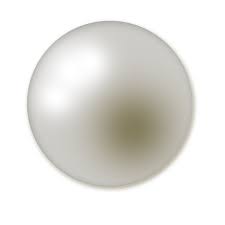An Introduction To Pearls
While diamonds shine with brilliance and fire, pearls possess a soft, subtle, yet irresistible luster. Pearl jewelry is known for being elegant, beautiful, bold, and timeless. Pearls possess appeal both classic and contemporary. In the immortal words of Jackie Kennedy, “pearls are always appropriate.” We couldn’t agree more.
At Stewart Kuper Jewelers, our expertise touches on all types of gems and jewelry. Our jewelry experts have decades of knowledge matching individuals with the perfect piece of jewelry. Today on the Stewart Kuper blog, we are going to begin a conversation about pearls with a brief introduction to these unique and timeless beauties.
How are Pearls Formed?
You probably have some idea that pearls and oysters are connected in some way. And you would be right. Pearls are created in the shells of certain types of mollusks, including but not limited to oysters. The creation of pearls is the result of a self-defense mechanism. Strangely enough, the process functions in much the same way as the human immune system. Mollusks produce a substance called nacre which they use to surround irritants and seal them away. This forms a pearl. The quality of the pearl that is formed depends on the quality of the nacre. The formation of nacre is not fully understood. However, scientists have learned to replicate the conditions in which ideal pearls are formed, even though they don’t know exactly what is going on.
Natural pearls are made up almost entirely of calcium carbonate and conchiolin, which is a tough, horn-like protein secreted within the mollusk. Natural pearls take several years to form.
The creation of cultured pearls, or man-made pearls, is instigated by a pearl farmer. A small bit of mantle tissue, known as a graft, is placed inside the mollusk to initiate the creation of a pearl.



